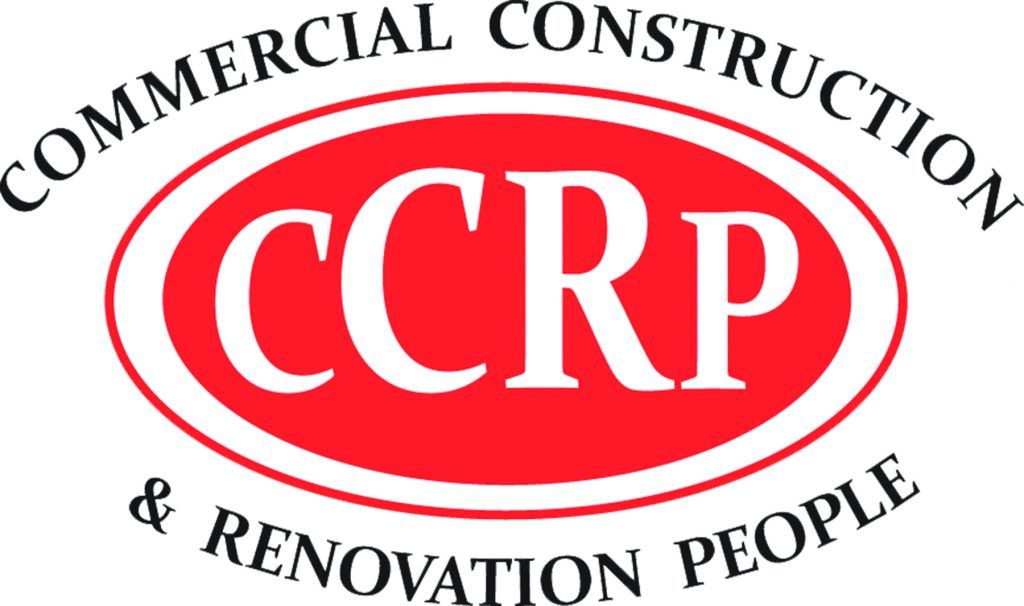From the snowy Sierra Nevada peaks to the sands of the Mojave, California is full of juxtapositions; a state with contrast built into its landscape. Where grit meets glamor; where the sea meets the shore, and where the past meets the future, combinations of architectural styles also coexist in both urban and suburban settings.
Architecture tends to be influenced by the culture, climate and landscape of the surrounding environment, and the buildings of the Golden State are no exception, with examples that draw on a varied and rich cultural history as well as innovative technological influences.
Culture and Heritage
Popularized in the late 19th century and characterized by red-tiled rooftops and white stucco walls designed to reflect heat, many of the country clubs and new homes La Quinta and other southern regions are built in the style of Spanish Colonial Revivalism.
Alongside the British influence of San Francisco’ s Neo Victorian “Painted Ladies” and the California Craftsman movement, this was one of the first major styles to emerge in California, although many of the state’s architectural influences also pre-date this period.
Examples include the use of natural materials favored by Native Americans (as seen in Southwestern adobe structures), as well as the geometric shapes and vivid colors of Inca, Mayan and Aztec tribes, in addition to an “indoor-outdoor” style of architecture denoting indigenous people’s deep connection to nature.
Nature
Further examples of natural influences appear in the popular Mid-Century Modern style, following World War II, where various architects such as Richard Neutra and John Lautner popularized this concept of bringing nature into the home using expansive glass walls and sleek lines to create a seamless blend between interior and exterior spaces.
Californian terrain also had a significant bearing on the construction of buildings such as the Stahl House (one of many experimental postwar “Case Study” homes), where a combination of cantilevers, terraces and stilts were used to build it onto Hollywood’s vertiginous hillsides.
Hollywood Glamor
The streamlined look of Midcentury Modernism was partly in response to an earlier, more lavish time in Hollywood history: the “golden age” of the 1920s. A number of styles represented the excesses and extravagance of this period.
These included John Elgin Woolf’s Hollywood Regency buildings, featuring elaborate Greek and French revivalism combined with modernist elements like mansard roofing and Pullman doors, as well as Disneyland whimsicality of Storybook-Style,
Storybook-Style itself was an offshoot of Period Revivalism, featuring rounded windows, turrets, towers and a charming, off-kilter “wobbly” appearance reminiscent of fairy tales. Art deco offered a comparatively sophisticated aesthetic from around this time up until the 1940s, with bold geometrical shapes and stylized flourishes.
Technology and Innovation
Following the Great Depression, the aerodynamic style of Streamline Moderne symbolized the optimism of a new era, with curving, horizontal lines and occasional nautical elements referred to in France as le style paquebot, or “ocean liner” style. During this period, increased demand for affordable housing combined necessity with aesthetics, giving rise to the modernist movement.
As a counter to the austere aesthetics of modernism, Postmodernism later emerged, breathing life and vibrancy into California’s buildings once again with its use of bold color, curvature and asymmetry. This, along with the startlingly non-linear, fragmental style used by architects such as Frank Gehry, is still used to this day within contemporary architecture.


























